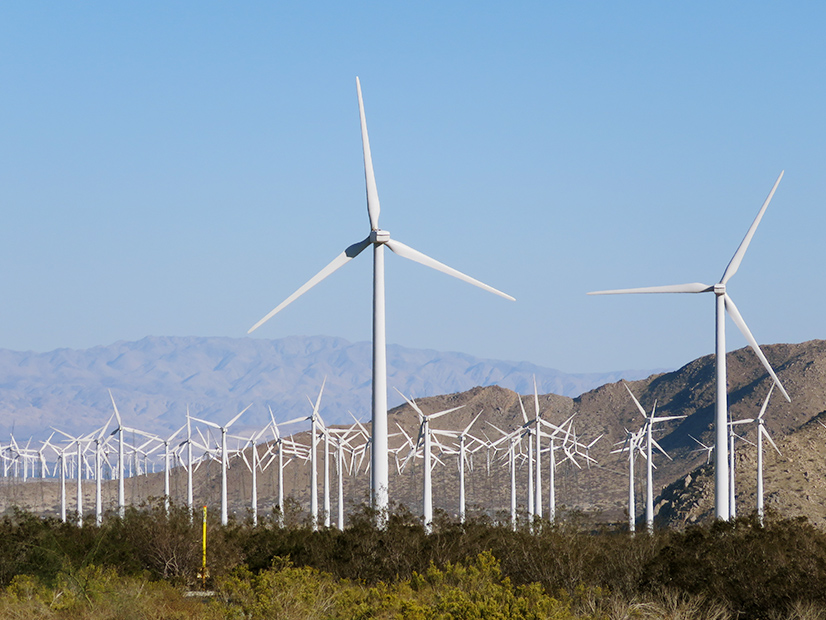FERC on Thursday issued Order 898, its final rule updating its Uniform System of Accounts (USofA) to account for rapid changes in technology and the resource mix in the power industry (RM21-11).
The changes adopted in the final rule will add functional detail to the USofA to provide uniformity, consistency and transparency in accounting and reporting for investments in renewables and other newer technologies.
The rule creates new subfunctions and accounts for wind, solar and other renewable generating assets. It establishes a new functional class and accounts for energy storage assets. It also creates new accounts and codifies accounting treatment for environmental credits and creates new accounts for computer hardware, software and communication equipment within existing functions that do not already include them.
The new rules also created new accounts and codified the accounting treatment of renewable energy credits.
“By adding functional detail to the USofA, these reforms will provide uniformity, consistency and transparency in accounting and reporting for investments into these assets and assist the commission in fulfilling its responsibilities under the FPA to ensure that rates remain just and reasonable,” the order said.
Given the rapid expansion and development of renewable generation, FERC concluded that its accounting system must be changed to better deal with the technologies.
FERC first proposed the changes in a Notice of Proposed Rulemaking last year and said it largely adopted the proposal with some changes to better reflect its intent, to address the needs of stakeholders and to facilitate solutions to potential technical challenges. (See FERC NOPRs Would Require ‘Candor,’ Improved Accounting for Renewables.)
The USofA goes back to when FERC was called the Federal Power Commission and was meant to facilitate its ratemaking responsibilities and uniformly capture financial and operational information for utilities, and then natural gas pipelines. It has been updated previously to reflect changes in the industry and law, including after the 1990 Clean Air Amendments to account for its creation of sulfur dioxide emissions allowances.
It was also updated 10 years ago in Order 784, which dealt with energy storage technologies, but those changes underestimated the additional burden that functional reporting, along with frequent reclassification of plant assets and associated depreciation, imposes on utilities. The new rules around storage are meant to simplify and improve the recording and reporting of energy storage assets and related expenses.
The USofA already included discrete production accounts for steam, nuclear, hydraulic and other resources, but it did not contain accounts designated for solar, wind or other nonhydro renewable generating assets. Regulated firms used to put their renewable generation in the “other production” accounts, and FERC noted before it issued the NOPR that parties disagreed on whether new accounts would be useful.
But none of the old categories clearly described solar panels, photovoltaic inverters, wind generation towers, or the computer hardware and software required to operate such generators. Related operations and maintenance accounts also failed to uniquely accommodate costs to maintain wind and solar facilities.
The USofA also did not explicitly address the purchase, generation or use of RECs, which are similar to the sulfur dioxide emission allowances from the Clean Air Act and previously were included in those accounts.



